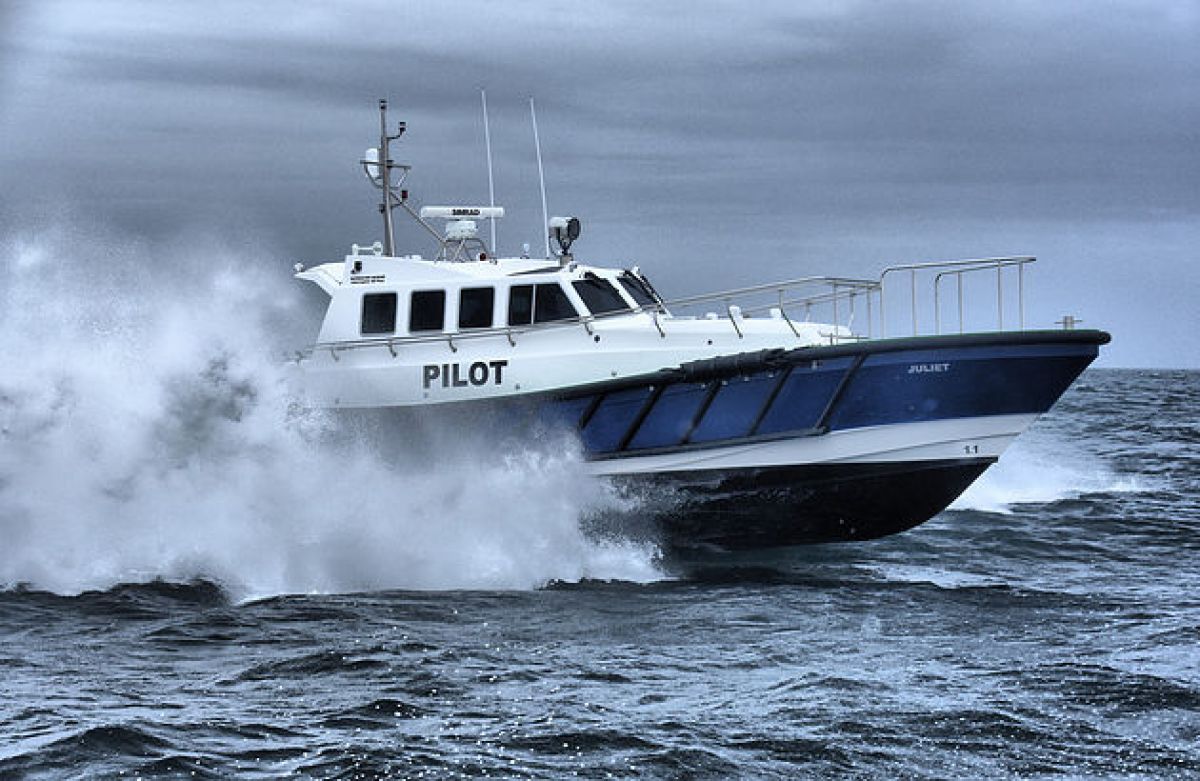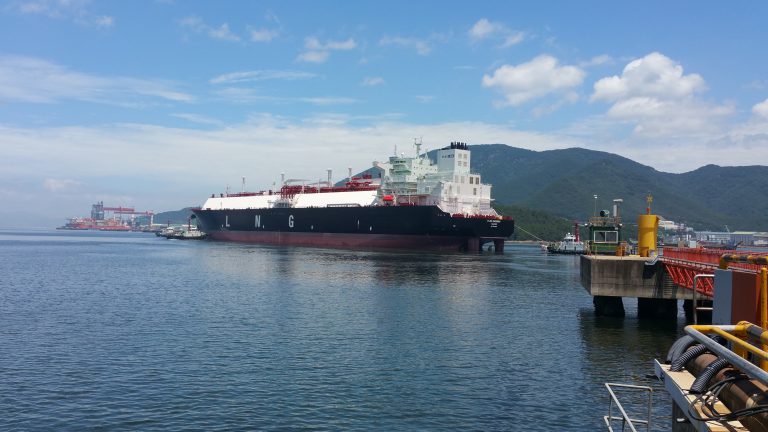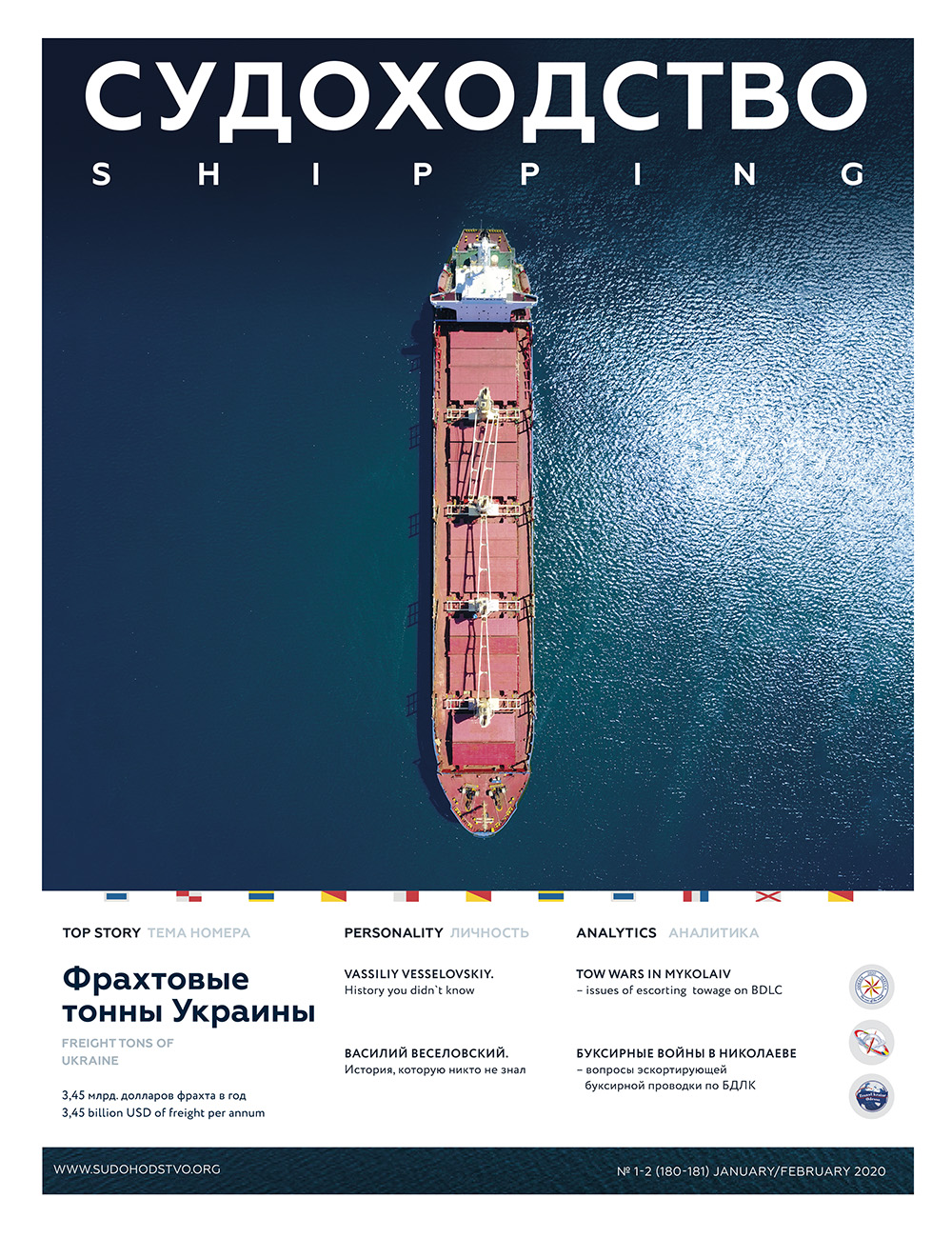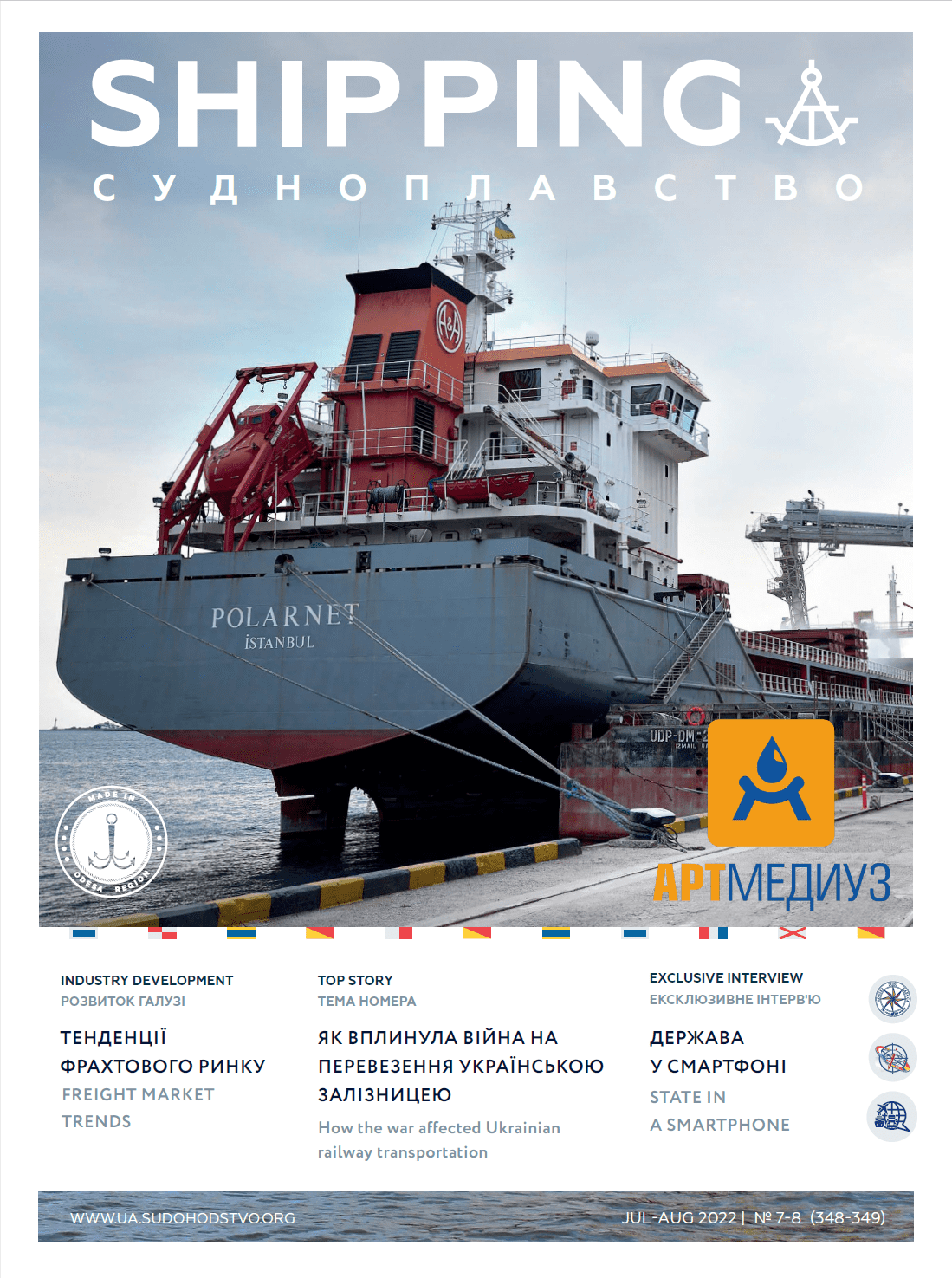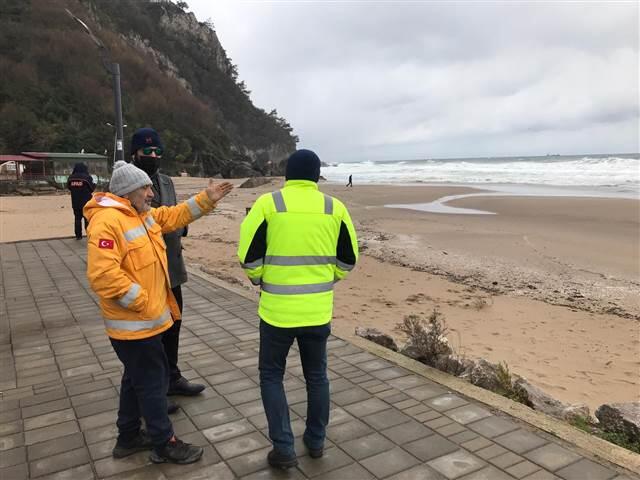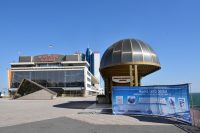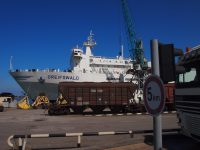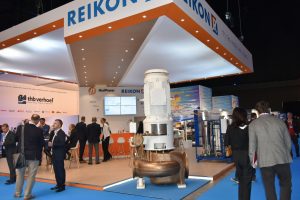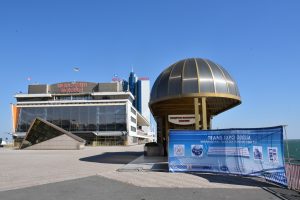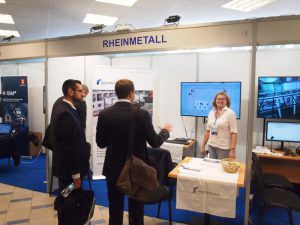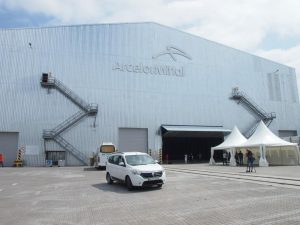The Northwest Seaport Alliance (NWSA) has released a request for proposals for a long-term lease of Terminal 46, a 50-acre deepwater marine terminal.
Located on the Seattle waterfront, the terminal is suited for water-dependent uses including marine cargo operations, logistics and other maritime-supported activities.
Terminal 46 was operated by Total Terminals (TTI) and was home to major international ocean carriers.
As part of the NWSA’s long-term strategy for the Seattle Harbor, TTI’s parent company is investing in another terminal, Terminal 5, as part of a joint venture with SSAT. The initiative involves the realignment of the alliance’s international container terminals as NWSA aims to handle ultra large container vessels.
As a result, international container operations were discontinued at Terminal 46 on July 2, 2019, and the facility is available for conversion to handle other marine cargo.
The NWSA and the Port of Seattle have approved an agreement that allows for the conversion of Terminal 46 to two distinct operations – the cargo and cruise operations.
The NWSA, through the request for proposal, is pursuing the development of the cargo terminal that could include marine-industrial support businesses. The marine cargo terminal will include 1,400 feet of the west-facing berth with a depth of -50 feet mean lower low water.
As informed, NWSA is anticipating a minimum five-year or greater term lease.
“The successful proposal will align with and support our goal of growing cargo volumes and creating family-wage jobs in the Puget Sound region, while diversifying the gateway’s overall cargo portfolio,” NWSA said in a statement.
Separately, the Port of Seattle is in the process of developing the remaining 29 acres into a single-berth cruise terminal to accommodate the growing demand for its Alaska cruises. The facility will use 1,500 feet of the north end of the west-facing berth for cruise operations.
The NWSA and the Port of Seattle envision the entire Terminal 46 site, including the cargo and cruise operations, as a flexible maritime transportation facility and a critical asset to Seattle’s working waterfront.

